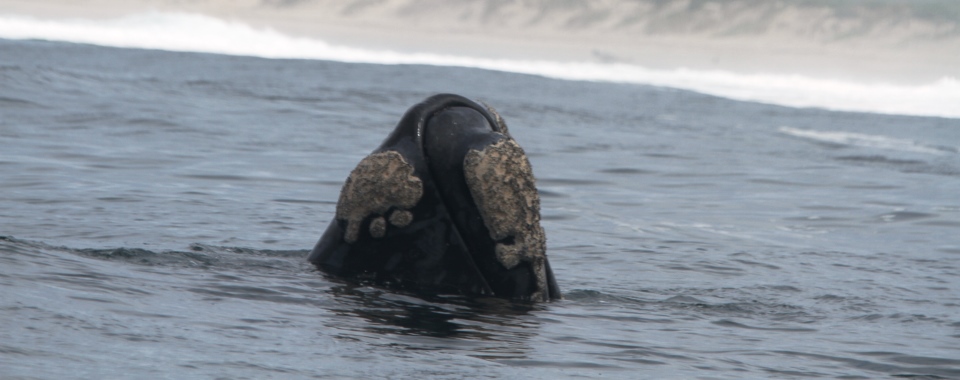What is commensalism?
In earlier posts we discussed different relationships between animals (mutualism and parasitism). The last type of relationship between organisms is commensalism. Commensalism means “eating at the same table” and is when one organism benefits from another organism without affecting it. Compared to mutualism and parasitism, commensalism is hard to give examples of since it’s hard to prove (or disprove) that the host organisms are not affected. Some examples are whales that have barnacles growing on them and Titan Trigger fish that move over large rocks when feeding, giving smaller fish the chance to feed under them too.
The reason biologists argue the existence of commensalism is because they believe that any close interaction between two organisms is unlikely to be completely neutral. Most relationships that are identified as commensal are likely to be mutualistic or parasitic in a subtle way that has not been detected yet. Like most interactions between organisms, commensalism vary in strength and duration from intimate, long-lived symbiosis to brief, weak interactions.
There are 3 different types of commensalism Phoresy, Inquilinim and Metabiosis. Phoresy is an organism that attach to another exclusively for transport e.g. Beetles, Flies and Bees. Inquilinism is when an organism uses another organism for permanent housing e.g. Orchids living on trees, birds living in holes in trees and barnacles living on whales. Metabiosis is an indirect relationship where an organism creates a suitable environment for another organism e.g. maggots that lives and develop on carcasses and the hermit crabs that uses shells of gastropod to protect their bodies.





